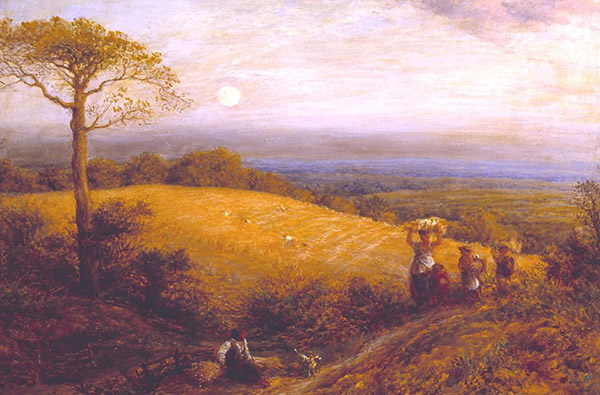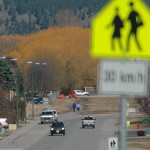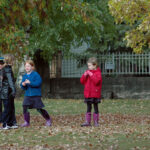Home »

Our Harvest Moon Riseth
By Dan Hicks
Were the weather forecast favourable, this evening’s (September 13) harvest moon would present we Cranbrookers with a premier autumnal opportunity to toil through the night, reaping a bountiful harvest from our fields under Luna’s luxuriant natural light; but now and then, she may yet emerge, peering out from the darkened clouds.
The term “harvest moon” was first coined in 1706, a time when an abundance of moonlight was a blessing to the labor-intensive autumn harvest.
September 13 (Friday)
13:38 Solar noon – sun crosses our meridian (due south) at 44.2 degrees above our horizon and is highest in our sky.
20:00 Sunset 276 degrees azimuth on our horizon (west).
20:21 Moonrise 103 degrees azimuth (east).
21:11 Astronomical twilight begins – day ends.
21:52 Astronomical twilight ends – night begins.
22:33 Moon 100% illuminated by sunlight.
September 14 (Saturday)
01:38 Midnight (midpoint between solar noons).
01:51 Moon crosses our meridian at 32.6 degrees above our horizon & is highest in our sky; its illumination has decreased slightly to 99.8%.
05:26 Astronomical twilight begins – night ends.
06:06 Astronomical twilight ends – day begins.
07:17 Sunrise 084 degrees azimuth (east).
07:31 Moonset 260 degrees azimuth (west).
13:38 Solar noon – sun crosses our meridian at 43.8 degrees above our horizon (0.4 degrees lower than the previous day).
Sources: Timeanddate.com & the Royal Astronomical Society of Canada’s Observer’s Handbook. Times cited are for Cranbrook in Mountain Daylight Time, and the rising and setting times for the sun and moon are those for an open unobstructed horizon (eg. observers atop an isolated promontory).
Officious Kimberliers desiring astronomical precision can simply add a minute to the Cranbrook times (excepting the time of the moon’s 100% illumination which is the same for both Kimberley and Cranbrook).
Note that our local Cranbrook solar noon time trails our Mountain Daylight Time (MDT) noon by one hour and 38 minutes. Of this discrepancy, one hour results from our incorporation of Daylight Saving Time (DST), and 38 minutes from Cranbrook’s longitudinal coordinate being 115 degrees & 45 minutes west longitude, and our Mountain Standard Time Zone’s reference meridian being 105 degrees west longitude – running north-south through mid-Saskatchewan –a difference of over 10 degrees of longitude.
Our solar noon-MDT discrepancy was greatest on the June 21 summer solstice – one hour and 44 minutes. Those who believe that we add more daylight to our lives – that we are “saving time” – by accentuating the time discrepancy between our solar noon (actual noon) and our time zone noon should campaign for either our adoption of an even more easterly standard time zone or, the addition of even more hours to our DST variance (eg instead of merely one hour, why not three hours?), or perhaps for both a more easterly time zone adoption and a DST enhancement.
Indeed, if our solar noons marked the commencement of our evenings, late sleepers need never experience the dread of dark night’s godless gloom and, in a smiley face sort of way – we might all be happier, albeit delusively so. Aligning our clock time more closely with our own local solar noon time year-round would be far too practical, sensible, and – quaint.
Our best hope, and most likely outcome, is that our provincial government, through more online time-selection voting, will arrange for results that are right for us (ie key voter options will be stricken from our ballots), and for such attentive big-brotherly guidance – what else can we be but grateful!
Lead image: Agrarian workers in the English countryside reap an autumnal harvest as the harvest moon rises into a twilight sky; John Linnell – Harvest Moon – 1858. Image submitted







